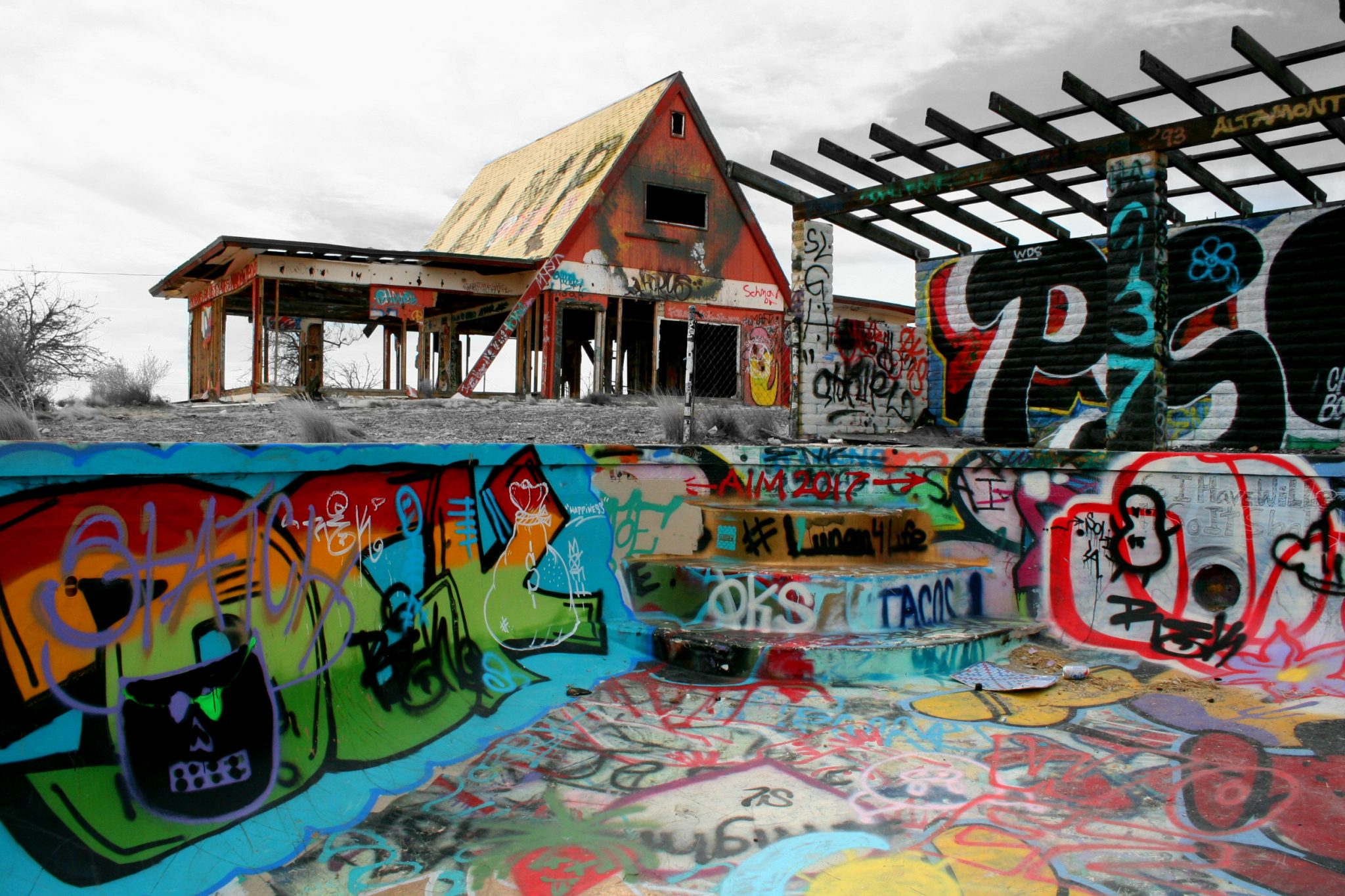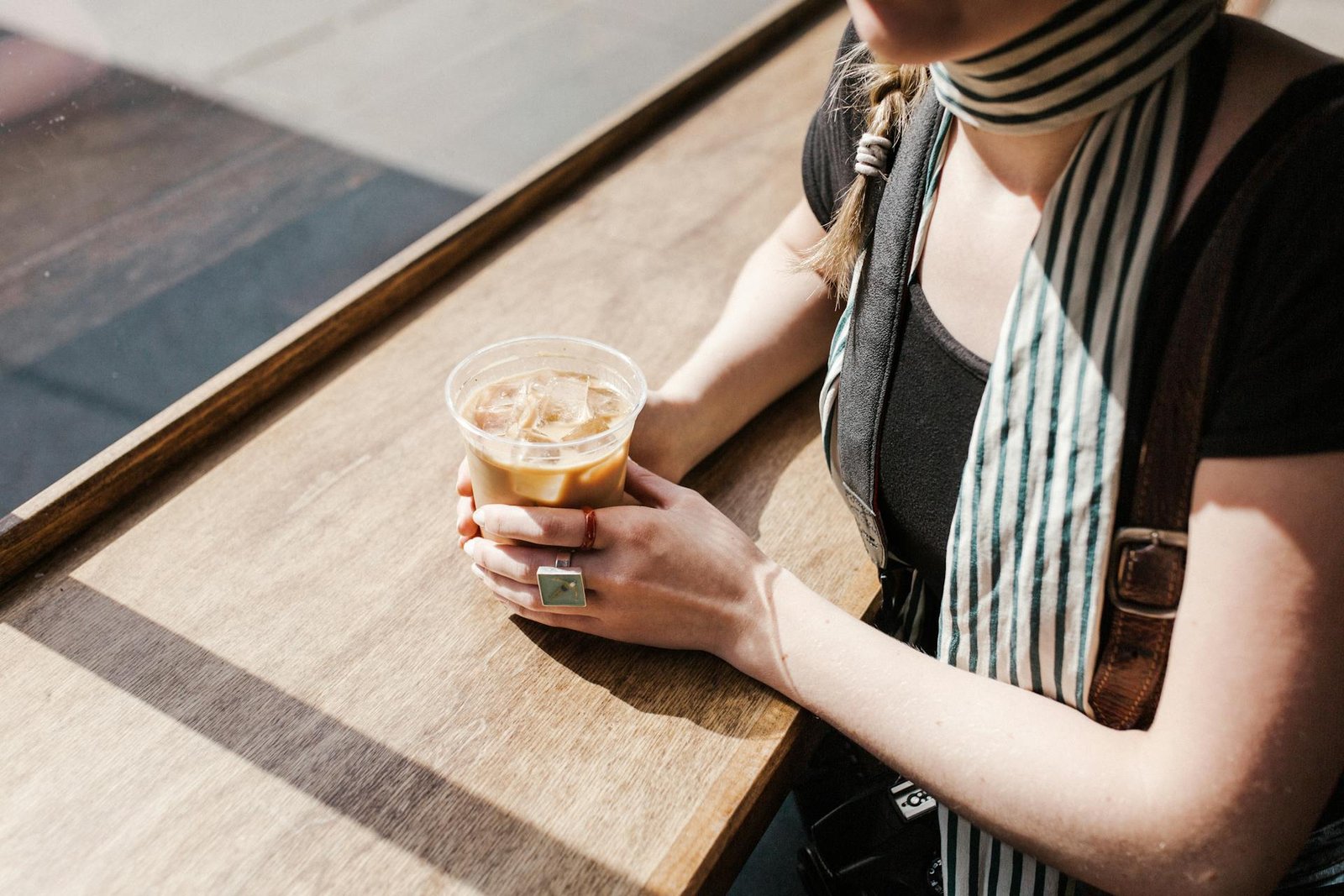Coffee-lovers are about to find a place they can call home.
With coffee consumption up 14% since January 2021, the personal-finance website WalletHub released its report on 2022’s Best Coffee Cities in America, as well as accompanying videos and expert commentary. Alongside that report, WalletHub also released its list of top coffee deals and discounts offered by retailers during the holiday.
To determine the best local coffee scenes in America, WalletHub compared the 100 largest cities across 12 key indicators of a strong coffee culture. The data set ranges from coffee shops, coffee houses and cafés per capita to the average price per pack of coffee.
Top 20 Cities for Coffee Lovers
1. San Francisco, CA
2. Seattle, WA
3. Orlando, FL
4. Honolulu, HI
5. Portland, OR
6. Tampa, FL
7. Pittsburgh, PA
8. Miami, FL
9. Sacramento, CA
10. Denver, CO
11. New Orleans, LA
12. Seattle, WA
13. San Diego, CA
14. Long Beach, CA
15. Chicago, IL
16. Los Angeles, CA
17. Cincinnati, OH
18. Atlanta, GA
19. Washington, DC
20. Austin, TX
Best vs. Worst
Miami and Hialeah, Florida, have the lowest average price for a pack of coffee, $3.41, which is 2.4 times lower than in Honolulu, the city with the highest at $8.11.
Fremont, California, has the highest average annual spending on coffee per household, $229.62, which is 3.5 times higher than in Hialeah, Florida, the city with the lowest at $65.06.
Gilbert, Arizona, has the highest share of households that own a single-cup/pod-brewing coffee maker, 28.11 percent, which is 2.6 times higher than in Hialeah, Florida, the city with the lowest at 10.93 percent.
Orlando, Florida, has the most coffee shops, coffee houses and cafés (per square root of population), 0.4497, which is 7.4 times more than in Laredo, Texas, the city with the fewest at 0.0607.
Portland, Oregon, has the most coffee and tea manufacturers (per square root of population), 0.0216, which is 43.2 times more than in Riverside and San Bernardino, California, the cities with the fewest at 0.0005.
To view the full report and your city’s rank, click HERE.
Expert Commentary
What tips do you have for a person that wishes to enjoy his/her daily “java” cup while on a budget?
“If you want to have a daily ‘java’ cup, you might try purchasing a smaller coffee or a simpler one. Not only will a smaller/simpler coffee save you money, but you might also decrease the amount of caffeine and sugar. If the price of a medium coffee is $1 less than the price of a large coffee and you purchase one cup each day, you would save $365 in one year by switching from a large to a medium coffee. Another approach would be to decrease the frequency of your purchases from daily to several times per week. If the price of your coffee is $5 and you decrease your purchases from seven cups to six cups per week, you would save over $250 in one year. You could also join a loyalty program and earn points to use on future purchases.”
Monica A. Zimmerman Ph.D., CPA – Professor, West Chester University
“As with most food and beverage options, you can frequently save money by making your own coffee at home. If you would like to enjoy that coffee with friends, you could bring your coffee with you to a public place such as a park or a breakroom at work or invite your friends over for a chat – they could bring pastries and snacks and you could provide the coffee.”
Rashmi Menon – Entrepreneur in Residence and Lecturer, University of Michigan
Why are some folks willing to spend two or three times more for a comparable cup of coffee?
“If you consider any commodity, the secondary factors differentiate two different sellers. In this case, it can be service, location, proximity, social connectedness, or brand values. Differentiation sets one competitor apart from others and people are willing to pay more for convenience, flavor, familiarity, nostalgia, etc.”
Sherif A. Ebrahim, Ph.D., M.H.A., FACHE – Professor, Tulane University
“Sometimes it is a signal to others, like owning an iPhone or a BMW. Sometimes that more expensive coffee is actually better and you are paying for that local entrepreneur who provides not only great coffee, but great service, and a welcoming atmosphere, that is repeatable.”
Thomas M. Martin, Ph.D. – Dean, College of Business, Eastern Kentucky University
In the current economic environment, is opening a coffee shop as a first business for young entrepreneurs still a good idea? Or are most markets already oversaturated?
“A coffee shop is a retail business that is most affected by foot traffic and location. It is still possible to secure that high-volume corner but less likely when going head-to-head with the larger established competitors. The coffee shop entrepreneur will have to uncover that balance of features and advantages to provide that experience and benefits the customer wants.”
Jack Yoest – Assistant Professor, The Catholic University of America
“In any economic environment, opening a small business such as a coffee shop is a labor of love, but also a big risk. According to the Bureau of Labor Statistics the failure rate, five years out, for small businesses is 50%. However, that risk can be somewhat mitigated by an entrepreneur who does their homework upfront. Understanding the saturation of a particular coffee market is a key first step and then determining whether your coffee shop is sufficiently differentiated from competitors would be the next step. Again, because coffee has the trappings of a lifestyle product, and because (some) people will pay two to three times more for certain coffee experiences, there are, indeed, many ways to differentiate a new coffee shop, but the risks must be understood and the research must be undertaken.”
Rikki Abzug – Professor and Convener of Management; Ramapo College










